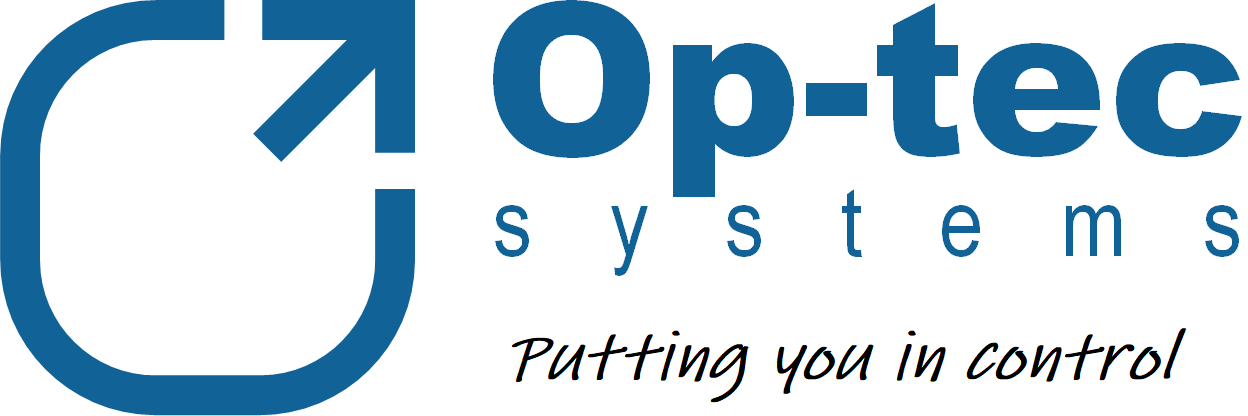The cost of energy has increased rapidly. Manufacturing businesses can be particularly affected, especially those put off by the capital intensive nature of many energy saving projects. However there are many ways to reduce energy costs, some of which require minimal or no investment in infrastructure.
Key Processes and Technologies
- Energy Audit/Strategy – engage independent expertise to audit your plant and develop a prioritised and costed plan of short and long term actions to incorporate into capital and operational budgets.
- Supplier(s) – consider alternative energy suppliers, and review contracts at least annually.
- Energy Monitoring – cost effective energy monitoring devices are now widely available, and can often be integrated into existing control, automation or even business systems.
- Manual Switching – build energy saving measures into existing operating procedures as widely as possible, from office computers to larger plant items.
- Automatic Control – from PIR sensors on lights to powering off equipment when not required.
- Optimising Control – running equipment at the precise output needed, rather than simply switching it on or off.
- Electric Motors – list all electric motors in use and determine whether cost-benefit to replacing each with a more efficient model, either immediately or when they are due to be replaced (rather than rewinding or repairing).
- Load Shedding – use real-time data to automatically switch off plant or equipment to follow a desired energy consumption profile so defined energy consumption levels are not exceeded.
- Electrical Supply – voltage reduction, power factor correction and reducing electrical noise can lower energy costs.
- Energy Generation – gain control over your own energy supply or even go as far as generating additional revenue by exporting any excess to the grid.
Benefits
Saving on energy consumption not only increases profitability by directly reducing input costs. It also improves environmental performance, an important consideration for the increasing number of businesses reporting their greenhouse gas emissions.
Optimising energy use can also improve product quality, workforce safety and identify process optimisation opportunities. Further, with equipment duty reduced, savings can be made in the costs of servicing, maintenance and consumables.
For more information follow the link below to the Services section of our website where you can learn more about the help we can offer on this topic and many others relating to industrial process and manufacturing automation.

